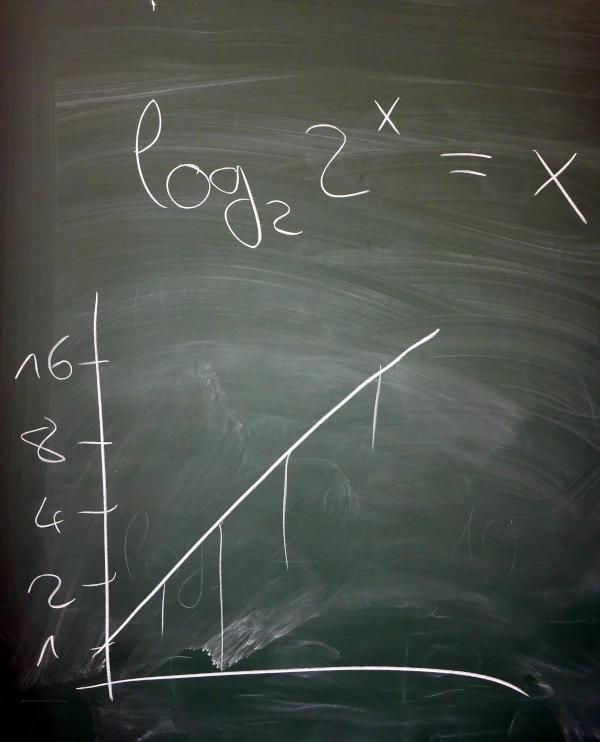Introductie: Micro-Organismen
1. Wat zijn Micro-Organismen? (Th5 H1.1 ↗117)
Van alles wat klein is.
(herhaling domeinen en rijken)
2. Hoe planten Micro-Organismen zich voort? (Th5 H1.2 ↗119)
2.1. celdeling
bouw cel te kennen!
- verdubbeling en verdeling erfelijk materiaal
- insnoering/splitsing
zie boek!
Wat betekend “exponentiele groei”?


- Verdubbeling elke generatie → exponentiële functie
2.2. groeifasen (Th5 H1.2.1 ↗120)
- J. Monod (1949): “The growth of bacterial cultures”; Annual Review of Microbiology, vol. 3, no. 1, pp. 371–394; doi: 10.1146/annurev.mi.03.100149.002103
- lag phase: growth rate null;
- acceleration phase: growth rate increases;
- exponential phase: growth rate constant;
- retardation phase: growth rate decreases;
- stationary phase: growth rate null;
- phase of decline: growth rate negative;

This is a generalized and rather composite picture of the growth of a bacterial culture. Actually, any one or several of these phases may be absent. Under suitable conditions, the lag and acceleration phases may often be suppressed (see p. 388). The retardation phase is frequently so short as to be imperceptible. The same is sometimes true of the stationary phase. Conversely, more complex growth cycles are not infrequently observed (see p. 389)
een echte observatie:
2.3. conjugatie
“bacteriën-seks” (maar anders)
- https://nl.wikipedia.org/wiki/Conjugatie_(genetica)
- enorm belangrijk voor
- verspreiding van genen (bv. resistentie)
- toepassingen in het labo


plasmiden
- apart erfelijk materiaal
- aparte verdubbeling
vele labo-toepassingen!!
- ontdekking door Lederberg en Lederberg (1952) https://en.wikipedia.org/wiki/F-plasmid
- D.R. Helinski (2022): “A Brief History of Plasmids”; EcoSal Plus 10:eESP-0028-2021; doi: 10.1128/ecosalplus.ESP-0028-2021
- A. Carattoli (2013): “Plasmids and the spread of resistance”; Int J Med Microbiol 303(6-7):298-304; doi: 10.1016/j.ijmm.2013.02.001
2.4. vorming endosporen
- rusttoestand/bewaartoestand
- van sommige soorten bacteriën
- reactie op voedselgebrek
- https://nl.wikipedia.org/wiki/Endospore
- toepassing: pasteurisatie/sterilisatie
3. Oefeningen
→ oefeningen WB Th5 H1 ↗182-185
4. Huiswerk
- Wat is een typische groei-rate van jouw microorganisme?
- Kan jouw micro-organisme (a) conjugatie, (b) endosporen?
5. Samenvatting
te kennen:
- bouw cel
- celdeling
- groeifasen
- plasmiden, endosporen
- steriel werken (zie labo)
vorige les \(\quad\) labo \(\quad\) volgende les